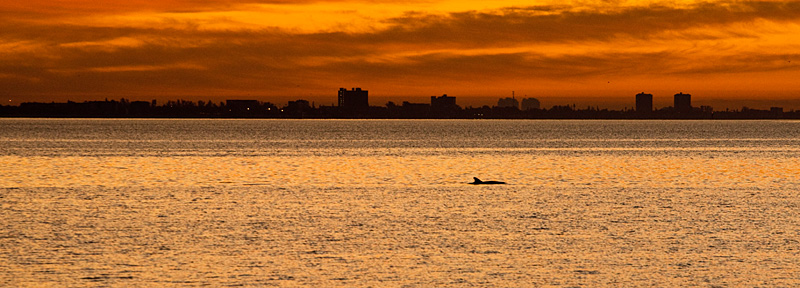Kodachrome
Gives us those nice bright colors
Gives us the greens of summers
Makes you think all the world's a sunny day, oh yeah!
Paul Simon
Kodak is declaring bankruptcy, so I hear.
Kodak popularized photography for regular folks. As a young boy, I got a Kodak Brownie for Christmas one year. Its flash attachment screwed onto the side of the camera. The round silver reflector accepted flash bulbs that had to be replaced after each shot. Ouch! Be careful! It's hot. The heat of the flash would bubble and deform the glass of the bulb. The roll film came in a yellow heavy foil pack. You had to go into a closet to change the film in the dark. The film was advanced by turning a knob until the next frame number showed in a little window. A great little camera.
Kodachrome was the standard for color film, the film against which all other film was compared.
Kodak also pioneered the first digital SLRs, based on a Nikon body. My first digital camera was a Kodak DC260, in 1998. The company I now work for as a portrait photographer was once Kodak's largest customer. Now we shoot only digital
Kodak popularized photography for regular folks. As a young boy, I got a Kodak Brownie for Christmas one year. Its flash attachment screwed onto the side of the camera. The round silver reflector accepted flash bulbs that had to be replaced after each shot. Ouch! Be careful! It's hot. The heat of the flash would bubble and deform the glass of the bulb. The roll film came in a yellow heavy foil pack. You had to go into a closet to change the film in the dark. The film was advanced by turning a knob until the next frame number showed in a little window. A great little camera.
Kodachrome was the standard for color film, the film against which all other film was compared.
Kodak also pioneered the first digital SLRs, based on a Nikon body. My first digital camera was a Kodak DC260, in 1998. The company I now work for as a portrait photographer was once Kodak's largest customer. Now we shoot only digital
I know some folks who still use film - mostly large-format photographers. Filmosaurs. I used 35mm film cameras for years. Although I occasionally used Kodak Ektachrome or Kodachrome 64, my film of choice was Fujifilm Provia. When I switched to digital in 2004, I finished the roll in my film camera and I've never used film again.
These images were captured on film. I offer them as a tribute to Kodak and the passing of an era.
Mama don't take my Kodachrome away.
Mama don't take my Kodachrome away.







